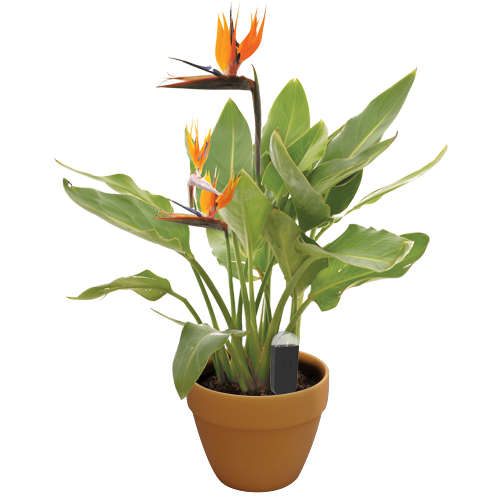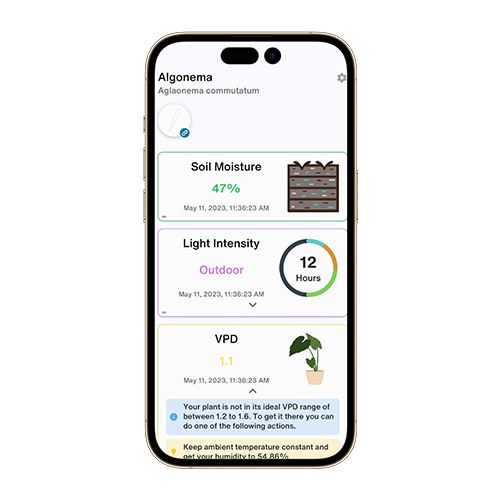Cynara humilis
التصنيف
عائلةAsteraceae
جنسCynara
منطقة8
أعرف أكثر
Plants of the World Onlineعن
Cynara humilis, commonly known as the wild artichoke, is a perennial plant in the Asteraceae family. Native to the Mediterranean region, it is known for its spiny leaves and large, thistle-like flowers. The plant undergoes a dormancy period during the hot summer months.
المعروف أيضا باسم
Globe Artichoke
Bourgaea humilis
Bourgaea humilis var. humilis
Bourgaea humilis var. leucantha
Cynara humilis var. humilis
Cynara humilis var. leucantha
Cynara humilis var. reflexa
Cynara humilis var. walliana
ملخص
VPDاحسب
ماءجاف
تربةطفيلي
ضوءبرايت مباشر (6 ساعات)
درجة حرارة٢٠
رطوبة٥٠
GDD٢٬٢٥٠
السكون3 الشهور
الرقم الهيدروجيني٦٫٥
الضغط١٬٠١٣
تفاصيل
تعليمات العناية
Cynara humilis thrives in bright, direct sunlight and prefers moderate temperatures. It requires well-drained soil and should be watered sparingly, allowing the soil to dry out almost completely between waterings. The plant benefits from moderate humidity levels.محصول
Cynara humilis, commonly known as the wild artichoke, should be harvested when the flower buds are still tight and before they start to open. This typically occurs in late spring to early summer. To harvest, use a sharp knife or pruning shears to cut the bud along with a few inches of the stem. It's important to wear gloves as the plant can have sharp thorns. After harvesting, the buds should be used fresh or can be stored in a cool, dry place for a short period.تربة
Cynara humilis prefers well-drained loamy soil with a slightly acidic to neutral pH. Good drainage is essential to prevent root rot. A mix of garden soil with sand or perlite can improve drainage.سماد
Use a balanced fertilizer with a nutrient composition of 5-10-10. Fertilize the plant during the growing season, typically in spring and early summer, to promote healthy growth and flowering.إعادة السمعة
Repot Cynara humilis every 2-3 years or when it outgrows its container. Choose a pot that is slightly larger than the current one and ensure it has good drainage. Repotting is best done in early spring before the growing season begins.الانتشار
Cynara humilis can be propagated by seeds or division. Sow seeds in early spring in a well-draining seed mix. For division, separate the offsets from the parent plant in early spring or late autumn and plant them in individual pots.تشذيب
Prune Cynara humilis to remove dead or damaged leaves and spent flowers. Pruning helps maintain the plant's shape and encourages new growth. Perform pruning in late winter or early spring before the growing season starts.تسمم
Cynara humilis is not known to be toxic to pets or humans. However, its spiny leaves can cause physical injury if handled carelessly.أحدث ثورة في العناية بالنباتات الخاصة بك
اجعل كل نبات ذكيًا

مراقب النبات
يبقى في مصنعك
يقيس بدقة المقاييس الأساسية لنباتك - رطوبة التربة والضوء ودرجة الحرارة والرطوبة - بالإضافة إلى المقاييس المركبة مثل نقص ضغط البخار (VPD) وأيام درجة النمو (GDD).
تسوق الآن
